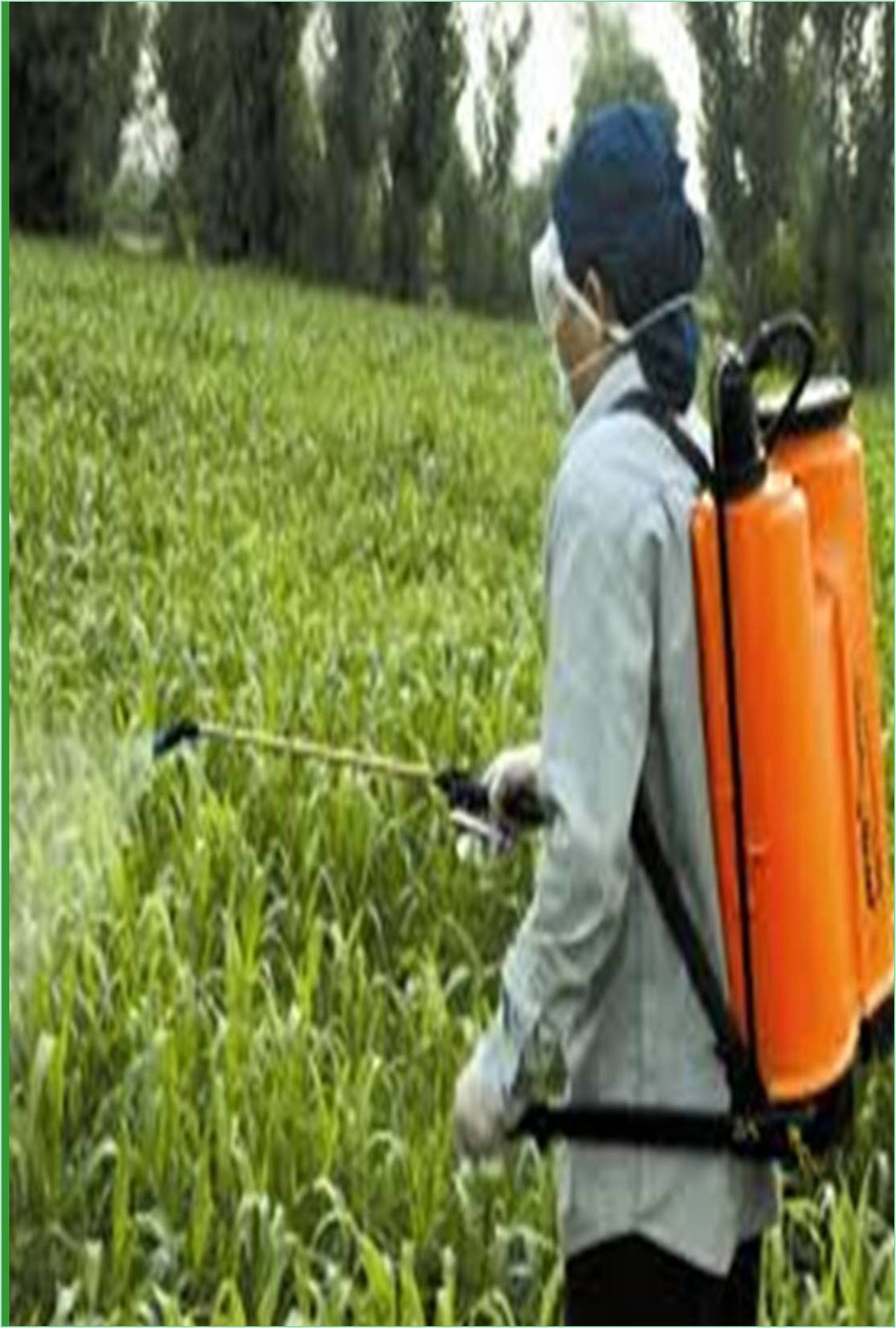



Received: 01-Feb-2022, Manuscript No. GJPDCP-22-59598; Editor assigned: 03-Feb-2022, Pre QC No. GJPDCP-22-59598 (PQ); Reviewed: 17-Feb-2022, QC No. GJPDCP-22-59598; Revised: 21-Feb-2022, Manuscript No. GJPDCP-22-59598 (R); Published: 28-Feb-2022, DOI: 10.15651/GJPDCP.22.7.45
Integrated Pest Management (IPM) is an effective and and environmentally friendly pest management approach that uses combination of common practices. The IPM program uses current comprehensive information on pest life cycles and their environment interactions. This information combined with the available pest management method has the most economical resource to manage pest damage and has the highest risk of human, property and environment. IPM approaches can be applied to both agriculture and nonagriculture settings such as homes, gardens and workplaces. IPM uses all appropriate pest management options that include but are not limited to these rational uses of pesticides. In contrast, organic food production is applied to many of the same concepts as IPM, however, limiting the use of pesticides from natural sources, as opposed to synthetic chemicals. IPM is not a single pest method, but a series of pest warranties, decisions and management are involved in it. When practicing IPM, breeder may comply with the possibility of pest invasion. The four steps are as follows.
Setting Action Thresholds
Before adopting a pest control operation, IPM first sets an action threshold, indicating that population or environmental conditions of pests need to be controlled by the pest controller. Single pests are not necessarily meant that control is required. The level of pests with economic threats is very important to continue future pest control decisions.
Pest Management
All insects, weeds and other organisms do not require control. Many organisms are harmless and some are useful. The IPM program works on monitoring pests and accurately identifies that the decisions for proper inspection can be made in combination with the behavior threshold. This monitoring and identification removes the the possibility of using pesticides if they are not really required or wrong pesticides are used.
Prevention
As a front-line pest control program, the IPM program works to manage crops, lawns, or indoors to prevent pests from becoming a threat. For crops, this may mean using the following cropping methods like Switch between different crops, choose pest-resistant varieties and plant pest-free rootstocks. These control methods are very effective and cost efficient and can pose little or no risk to humans or the environment.
Control
After monitoring, identification and behavior thresholds require pest management, and the prophylactic method is no longer effective or available, and evaluates the appropriate control method for both effectiveness and risk. It is effective, including high target chemical substances such as pheromone, and dangerous pest controls are first selected and prevented or mechanical control of pests such as trapping or weeding. If further monitoring, identification and behavior threshold indicates that dangerous control does not go so much; such additional pest control methods will be used. Broadcast spraying of non-specific pesticides is a last resort.
IPM programs have been proved to be significantly reduced at risk and pesticides while improving environmental quality, health, and happiness. Some of the benefits of the integrated approach are:
• Promote healthy structures and healthy plants.
• Promote sustainable bio-based pest management choices.
• Ecologically reduces environmental risks associated with pest management by promoting assumptions of benign tactics.
• Reduce the possibility of air and soil water pollution.
• Protect Non target species by reducing the impact of pest management activities.
• Reduce the need for pesticides in multiple pest management methods.
• Reduce or eliminate the problem of residual pesticides.
• Reduce or eliminate restrictions of re-input interval.
• Reduce exposure to employees, tenants and pesticides.
• Methods with public concerns for pests and drilling methods.
• Purpose management program cost efficiency or increase.